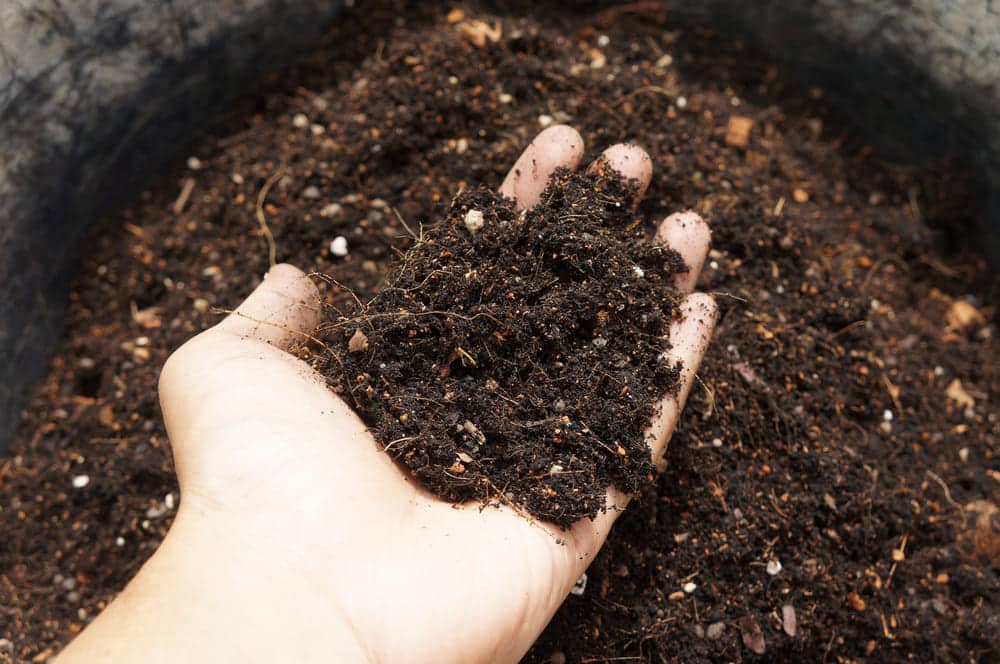
Microgreens are vegetable greens that are harvested right before they mature. They are pretty short in length (ranging from 1 to 3 inches). They also take a very short time to grow. However, it still depends on the type of microgreen being grown by the individual. Some of them can take a week, while others may take as much as 3 weeks.
They are filled with a unique nutritional value and also contain the taste properties of a fully-grown vegetable. As a result, they have plenty of different uses which is precisely why these are growing so much in popularity.
Best Soil Mix For Microgreens
Just like any other plant, Microgreens also have a number of ways through which you can grow them. Each growing method has its own benefits and drawbacks. However, most farmers prefer the traditional soil method. However, a better alternative to just using soil is to mix it up with perlite.
These are called soil mixes and are available in a variety of different options. In this article, we will be taking a look at some of the best soil mix for microgreens. But before we do, let’s take a step back in order to determine what kind of soil mix you should be looking for.
Today, you can get dozens of soil mixes that have different concentrations and materials used. A good soil mix mostly contains a higher percentage of organic material along with a fewer percentage of perlite. In order to ensure that your microgreens are getting a good soil mix, you will have to make sure it has high water retention. However, it should not be as much to disturb airflow on the soil.
Now that we have explained the properties of a good soil mix, let’s take a look at some of the best options if you want to go for a pre-mixed soil:
- Burpee Organic Premium Potting Mix
This is possibly the best pre-mixed soil option for those who don’t prefer using peat. Instead, it is a coconut-husk mix that uses compost along with the required amount of perlite. The concentrated amount of perlite helps your microgreens.
It is listed on the OMRI as a certified organic soil mix. Overall, it is a solid choice for those looking for a soil mix without using peat.
- Sun-Gro Black Gold Potting Mix
As the previous option was for those looking for a mix that isn’t peat-based, this is for those who are fine with using a blend of peat on their mix. It also contains a good amount of moisture to ensure the proper growth of a microgreen.
Similar to the previous entry in the list, this option also comes fully certified by OMRI. We’d recommend choosing this option in case you want to grow microgreens at a larger scale.
- Make Your Own Soil Mix!
While there may be plenty of other good options for soil mix, what we’d prefer you do is to make your own soil mix. This way, you will be able to meet exactly what you and your microgreens require by adding the right ingredients.
Before you continue trying to make your own soil mix, you need to keep one thing in mind. We have already mentioned how you will be needing around 75-85 percent of organic material, which can be coconut coir, peat, or any other high-quality material which can be used to grow microgreens. For the remaining percentage, you will have to add perlite which should help tremendously in the growth of your microgreens.
In case you want to add compost into the mix, you will have to make absolutely sure that it is sterilized.
The Bottom Line
Ever wonder about the best soil mix for microgreens? If so, then we highly suggest you give this article a thorough reading. It has all the information that you need in order to determine the perfect soil mix for your microgreens.
